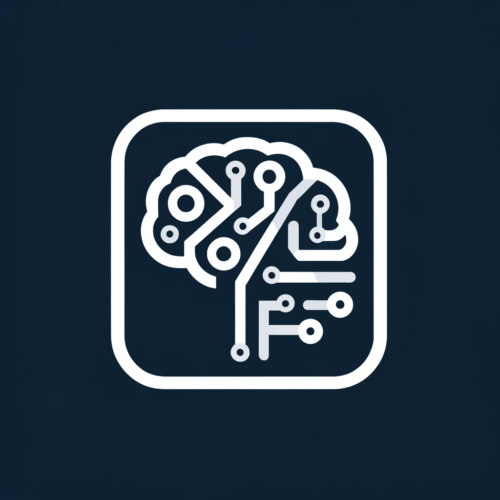
Advancing AI Tool Use through Unified API
Discover a unified tool use API across various model families to streamline tool implementation in AI chats. Learn how to pass and handle tools effectively and explore the new concept of chat templates supporting tool use.
Published 1 year ago on huggingface.co
Abstract
The article explores a unified tool use API for AI models, making tool implementation seamless. It introduces the use of tools in AI chats, addresses the challenges of tool use implementation, and proposes solutions like chat templating to simplify the process. By extending chat templates to support tools, the article provides insights on passing tools to a chat template, defining tools as JSON schema, adding tool calls and responses to chats, and putting tool use into action with practical examples.
Results
This information belongs to the original author(s), honor their efforts by visiting the following link for the full text.
Discussion
How this relates to indie hacking and solopreneurship.
Relevance
This article is crucial for you as it highlights the importance of tool use in enhancing AI capabilities. It addresses the challenges faced in tool implementation and provides practical solutions to streamline the process. By delving into unified APIs and chat templates, the article offers valuable insights for indie hackers looking to leverage AI tools effectively in their projects.
Applicability
To apply the insights from this article, you should start by exploring the unified tool use API across model families. Familiarize yourself with passing tools to chat templates using JSON schema. Experiment with defining tool functions in your preferred programming language and handling tool calls and responses in AI chats. By practicing with the provided examples, you can enhance your understanding of tool use and seamlessly integrate it into your projects.
Risks
One potential risk to be aware of is the complexity involved in handling tool implementation, especially in ensuring accurate JSON schemas and consistent tool prompt formats. Additionally, the diverse implementations of tool use across different models could lead to compatibility issues and require extra effort to address. Ensuring clarity in tool definitions and maintaining compatibility with various models are key challenges to overcome.
Conclusion
In the long term, the trend towards a unified tool use API signifies a more seamless integration of AI tools into various models, paving the way for enhanced functionalities and broader adoption. The emphasis on chat templating for supporting tools indicates a future where AI interactions become more standardized and accessible. As tool use becomes more prevalent and standardized, indie hackers can leverage these advancements to enhance the capabilities of their AI projects and streamline development processes.
References
Further Informations and Sources related to this analysis. See also my Ethical Aggregation policy.
Tool Use, Unified
We’re on a journey to advance and democratize artificial intelligence through open source and open science.


AI
Explore the cutting-edge world of AI and ML with our latest news, tutorials, and expert insights. Stay ahead in the rapidly evolving field of artificial intelligence and machine learning to elevate your projects and innovations.
Appendices
Most recent articles and analysises.

Amex's Strategic Investments Unveiled
2024-09-06Discover American Express's capital deployment strategy focusing on technology, marketing, and M&A opportunities as shared by Anna Marrs at the Scotiabank Financials Summit 2024.




